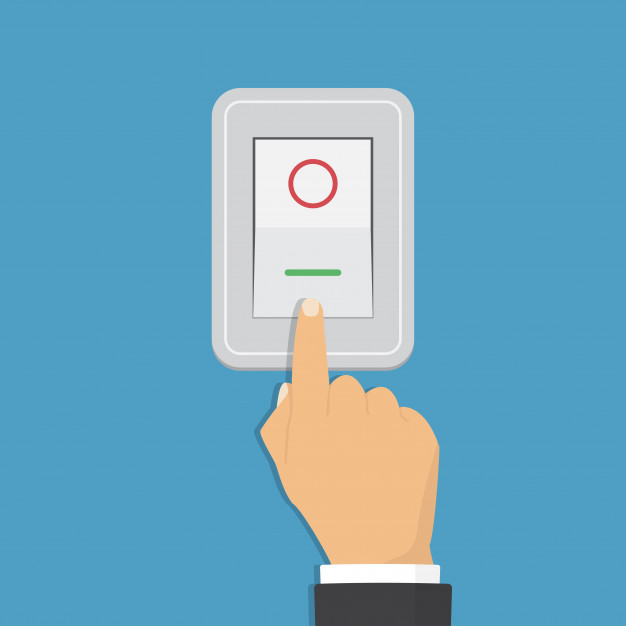
Turn on your Equipment
Once you are done filling up the tank, you are ready to install your filter, air pump and heater then turn on your equipment.

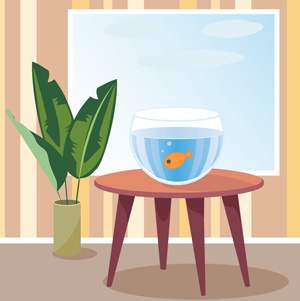
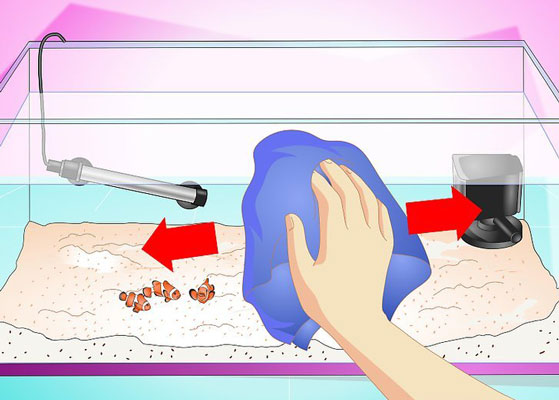
Before setting up anything, your aquarium and all the equipment that go inside it must be cleaned thoroughly to avoid water contamination. During the cleaning process, DO NOT use any sort of cleaning agents process as chemicals from the agents will cause your water to become toxic for your fish.
Place all your gravel under running water or a hose until the water running out looks clear and free of dirt.

Once you are done filling up the tank, you are ready to install your filter, air pump and heater then turn on your equipment.
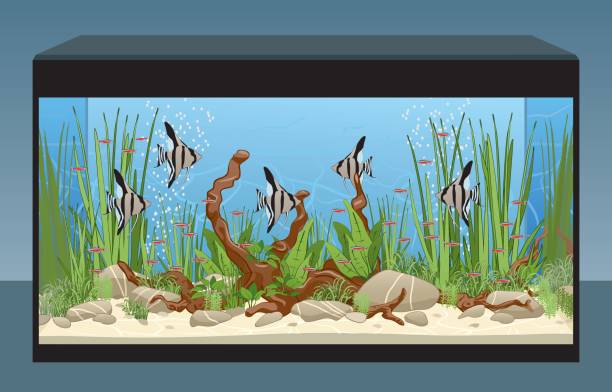

Aquascaping is the art of laying out the floor of your aquarium with gravel or soil (if you are choosing to add plants) to look like a natural ocean bed. It is a skill that becomes better with practice. Advanced or intermediate aquarists will choose to add plants to their aquarium to closely mimic nature. You can also choose to add different types of suitable driftwood for added beauty. It is common to create a moderate slope from back to front will allow you to highlight the ornaments and decorations.
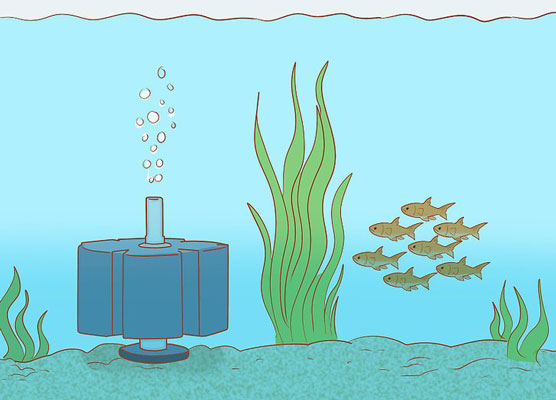
Cycling is one of the most important steps to finalize your setup and add your fish. Cycling allows your tank to build up the necessary bacteria by converting ammonia to nitrites, and then the nitrites to nitrates. This will create a biological environment that your fish need to survive and remain healthy inside the aquarium.
You can begin the entire process by adding some ammonia to your freshwater aquarium. Afterwards, you must follow up with regular water tests which will be explained in the next step. This process will be supported with your filter, air pump and heater to create the necessary atmosphere for the cycling.
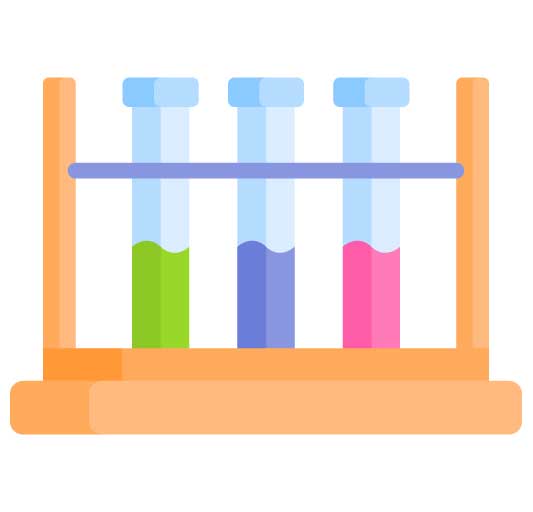
This is where your thermometer and ammonia test kit will come in handy. Once the ammonia is added, use the ammonia test kit to check the ammonia levels. Initially the test will show a very high level as the ammonia still in conversion. You must keep testing until the levels drop to zero. You will then know that the ammonia has successfully converted to nitrate.
Take out your thermometer and ensure that the water temperature is suitable for the species of fish that you are choosing to add to your aquarium.
Your tank is now ready for your fish!
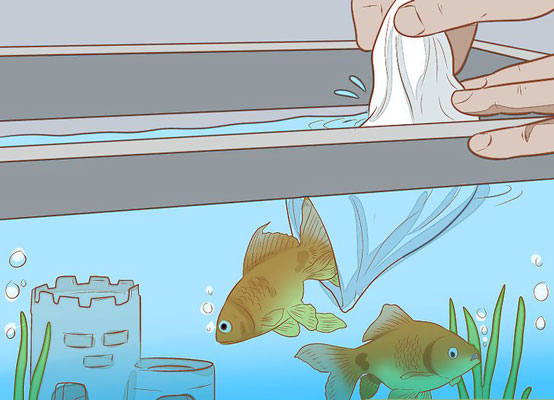
Take the bag that your fish are in and float the bag on your aquarium water for 30 minutes to 1 hour. This will allow the temperature of the water in the bag to adjust to the water temperature inside the tank.
Finally, open the bag and let your fish go.
Congratulations, you now have your own aquarium. Happy Fish keeping!